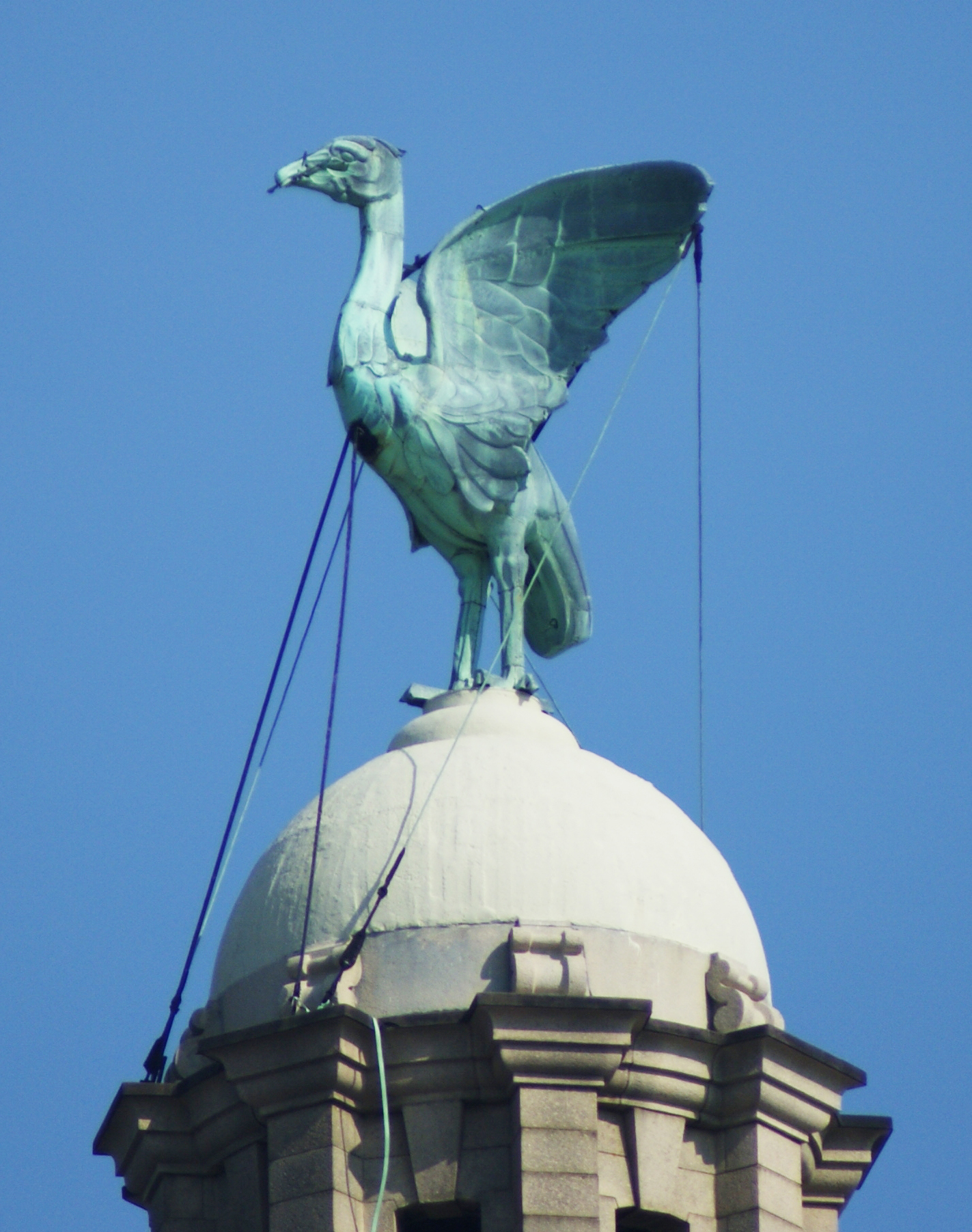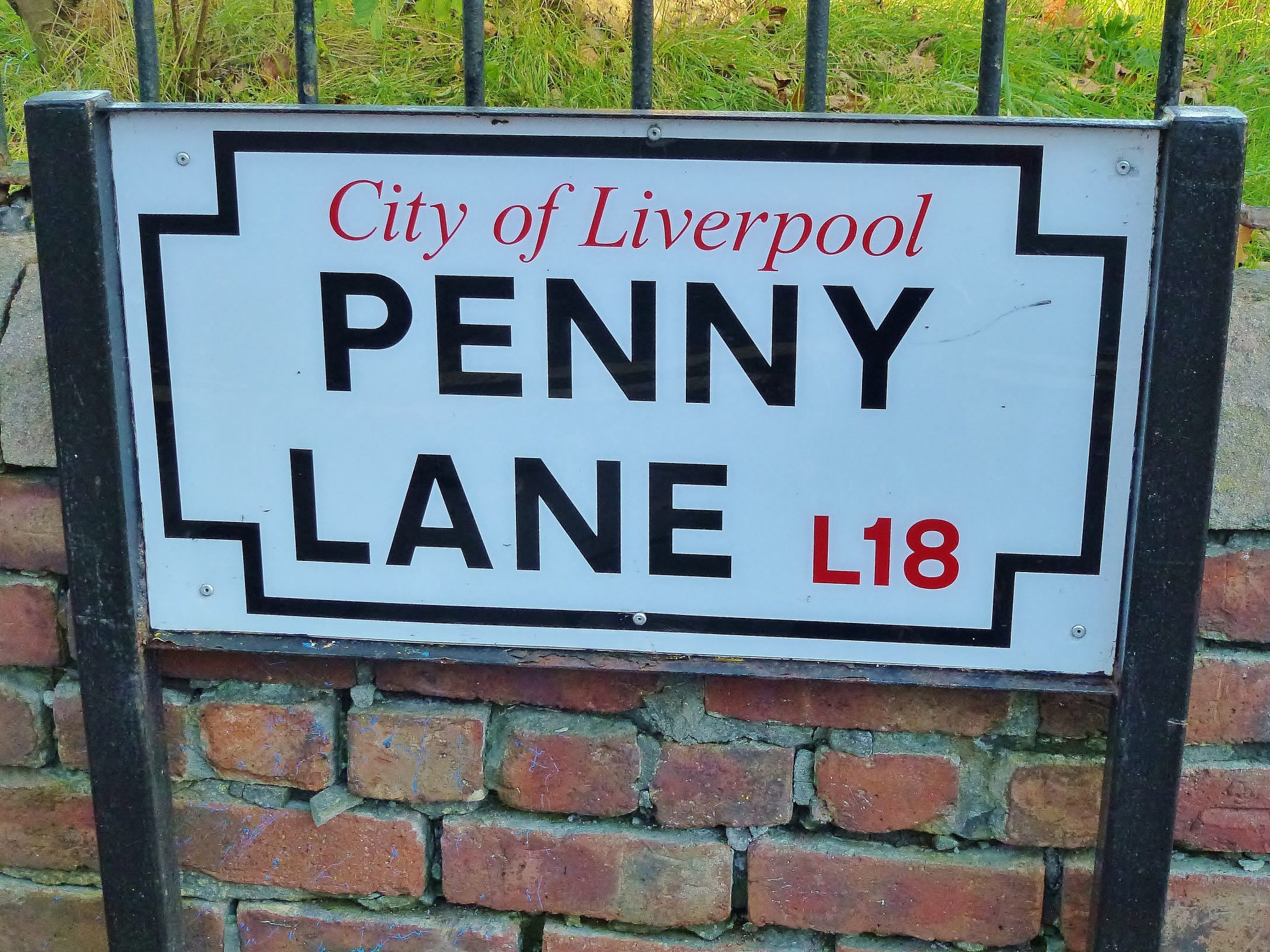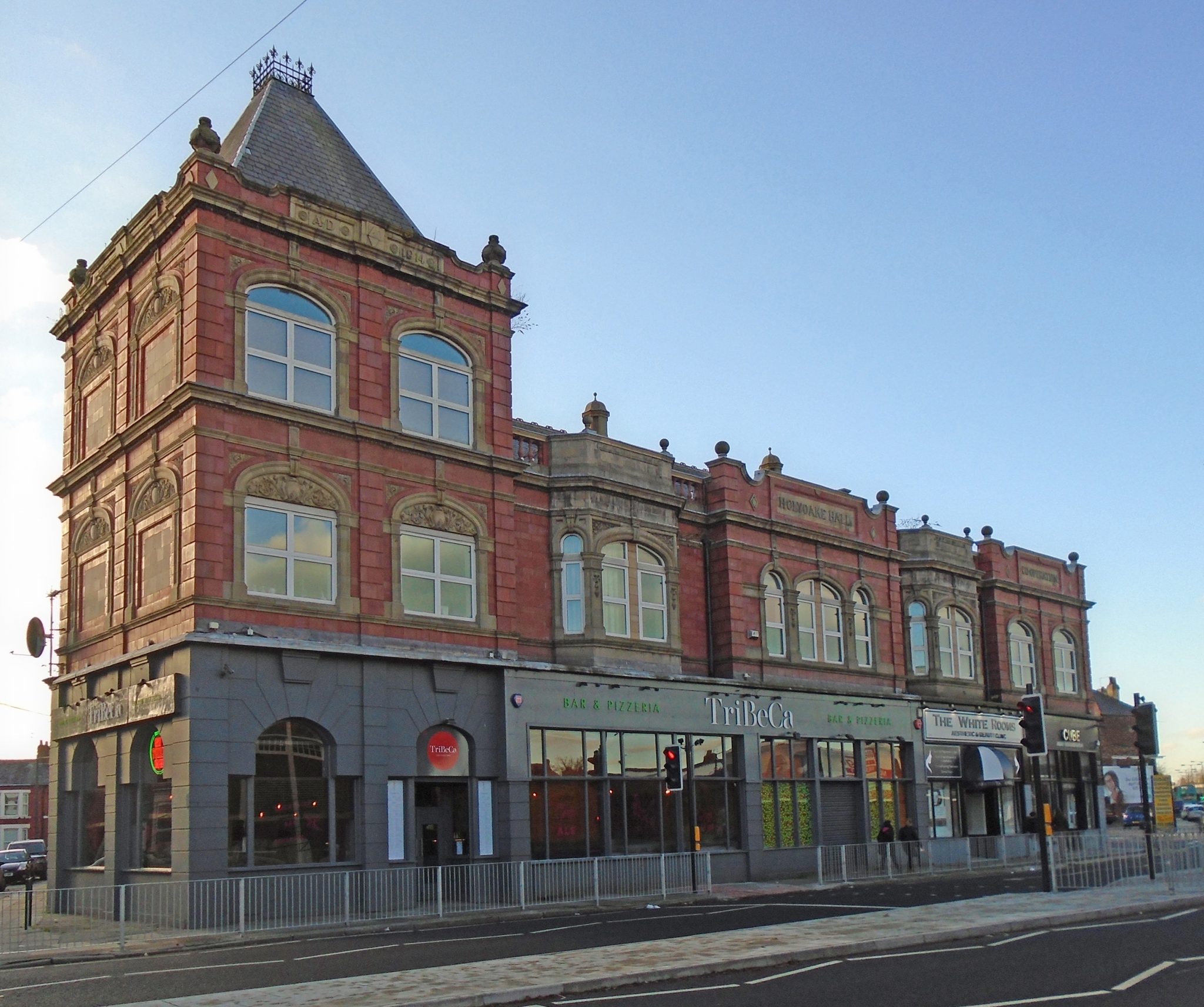This year marks the 50th anniversary of the high water mark of the Beatles’ career – the release of their era-defining Sgt. Pepper’s Lonely Hearts Club Band album and equally revered double A-side Penny Lane/Strawberry Fields Forever.
Those two songs saw the band memorialise the Liverpool of their youth – and when Ringo Starr sang, on Sgt Pepper, “I get by with a little help from my friends,” I’m reminded of the Liver Building, the city’s great symbol of co-operation, where the young mop tops had been photographed a few years earlier.
In 2015, a statue of the Beatles walking along the Liverpool waterfront was unveiled close to the Royal Liver Building – and now new generations take photos of the Fab Four with the iconic building in the background.

But little do most of them know that the Royal Liver Building was a beloved mutual providing over a century of help to millions of Liverpudlians.
The Royal Liver Building (pronounced Lie-ver), overlooking the Mersey, is among the most recognisable in the country. It is crowned with two Liver Birds, one facing out to sea watching over every ship that sails in and out of the port. The other watches inland over everybody in the city of Liverpool and the land beyond.
The Liver Bird is also the emblem of Liverpool Football Club. When 54,074 Liverpool fans sing You’ll Never Walk Alone for a home game at Anfield, there is no sound like it. The sound of the crowd after a home goal being scored can be easily heard from the roof of the Royal Liver Building. The building was also home to the Royal Liver Assurance Company which, as a mutual, never let any of its members “walk alone”.
One of the crown jewels of mutualism, the Royal Liver Building was a palace of the people – built by the nine Liverpool members who established the mutual and the million poor Liverpool families who joined as members. Its 1911 opening commemorates an era in British history when ordinary people built and owned a great deal of their own local and regional economies.
Mutual mergers
Nine working class men founded The Liverpool Lyver Burial Society in 1850 at the Lyver Inn. While the society was initially founded to provide honourable burials, it went on to provide numerous forms of insurance.
In 1856, it changed its name to the Royal Liver Friendly Society. By 1905, the society had one million members and needed a new head office. The board decided the locally owned mutual should make its mark on the world by building a modern and majestic building on the banks of the River Mersey. Britain’s first skyscraper, it was the tallest office building in Britain for a half century – until, in 1962, it was surpassed by the Co-operative Wholesale Society’s CIS Tower in Manchester.
At its height, Royal Liver Assurance had 1.7 million members.
Since the millennium, British government regulations have imposed additional stringent capital requirements on mutual insurers meaning that many mutuals had to merge.
Royal Liver merged into Royal London (another mutual) in 2011. Fortunately, many of the Royal Liver brands were retained and they continue in commercial use.
But in many other countries, mutual and co-operative insurers are critical economic partners. The International Co-operative and Mutual Insurance Federation (ICMIF) reports that there are over 5,000 mutual and co-operative insurance companies in over 75 countries serving over 955 million members/policyholders around the world.
They hold 27% of the world market share and, since the recent recession, have grown at twice the rate of the overall industry.
The Royal Liver Building has remained the unforgettable first face of Liverpool for more than 100 years – celebrating its centenary in 2011 with a sound an light show that used its facade as a screen, depicting the momentous events of its lifetime.
It is now part of the UNESCO designated World Heritage Site, called Liverpool Maritime Mercantile City. For centuries to come, the Royal Liver Building will continue to remind us of the power that comes when ordinary working people put their money together to help each other.
In an earlier Beatles song, John Lennon sang about his memories of Liverpool.
“There are places I remember all my life
Though some have changed
Some forever, not for better
Some have gone and some remain”
The Royal Liver Building remains, as does our memory of the Beatles.
Co-operation in our ears and in our eyes…
Penny Lane, the street immortalised in song by Paul McCartney, has a number of co-op connections to the Beatles. It was destination of bus routes 46 and 80, terminated at the now famous bus shelter “in the middle of a roundabout” where Smithdown Road crosses the top end of Penny Lane, at Smithdown Place.
In their youth the Beatles often took the 46 from the bus terminus down Smithdown Road to the centre of the city.
About 600 feet from the roundabout on Smithdown Road on the way to the centre of Liverpool is Holyoake Hall, named after George Jacob Holyoake, a revered writer about co-operatives and a champion of their efforts.
Holyoake Hall was opened in 1914 by the Liverpool Co-operative Society as one of its flagship buildings. You can still see its classic red bricked architecture with co-op mottoes embedded in each of the cornices at the crown of the building. There were numerous co-op departments on the spacious ground floor.

On the second floor was an elegant ballroom and a large meeting venue for the co-operative’s members. The ballroom could hold over 400 people, and during and after World War II it was well patronised by the city.
In the late 1950s Holyoake Hall found a new life as one of the few venues in the city which could be rented and allowed people to put on jive and rock and roll events. The promoter who rented Holyoake Hall was Wally Hill, who employed Bob Wooler as the master of ceremonies. One night after a performance at Holyoake Hall, Wooler remembers first meeting John Lennon and Paul McCartney at the bus shelter. It was there in 1959 that Wooler offered them their first booking at the Cavern. They turned Wooler down then saying they did not have a drummer.

The Beatles first played the Cavern on Friday 13 July 1961, immediately after their successful gigs on Hamburg.
The following Sunday they played at Holyoake Hall and then again the next Sunday, 22 July. If eventual manager Brian Epstein had gone to see them at Holyoake Hall instead of the Cavern, history would have made the Liverpool Co-op’s Holyoake Hall a key part of the Beatles legacy. But Holyoake Hall is the closest that the Beatles ever played to Penny Lane, just 200 yards away.
Gerry Marsden of Gerry and the Pacemakers remembers Holyoake Hall as having a grand stage, a sprung dance floor and elegant columns in the ballroom that supported an upstairs balcony. Many of the Merseybeat bands preferred to play Holyoake Hall above the other venues; the Quarrymen, Lennon’s first band had played there in the late 1950s.
When the Beatles were growing up, the Liverpool Co-operative Society was one of Britain’s largest co-ops with almost 200,000 member families. In the late 1950s and early 1960s, the Liverpool Co-op operated 172 mostly little local shops. John Lennon’s sister remembers that he loved to play Co-op Shop.
Today, Liverpool is home to many co-ops. The Co-operative Group runs 128 shops and there many other co-op enterprises within 20 miles of Liverpool city centre. The city is also home to over 40 housing co-ops, many credit unions and a number of worker and producer co-operatives.